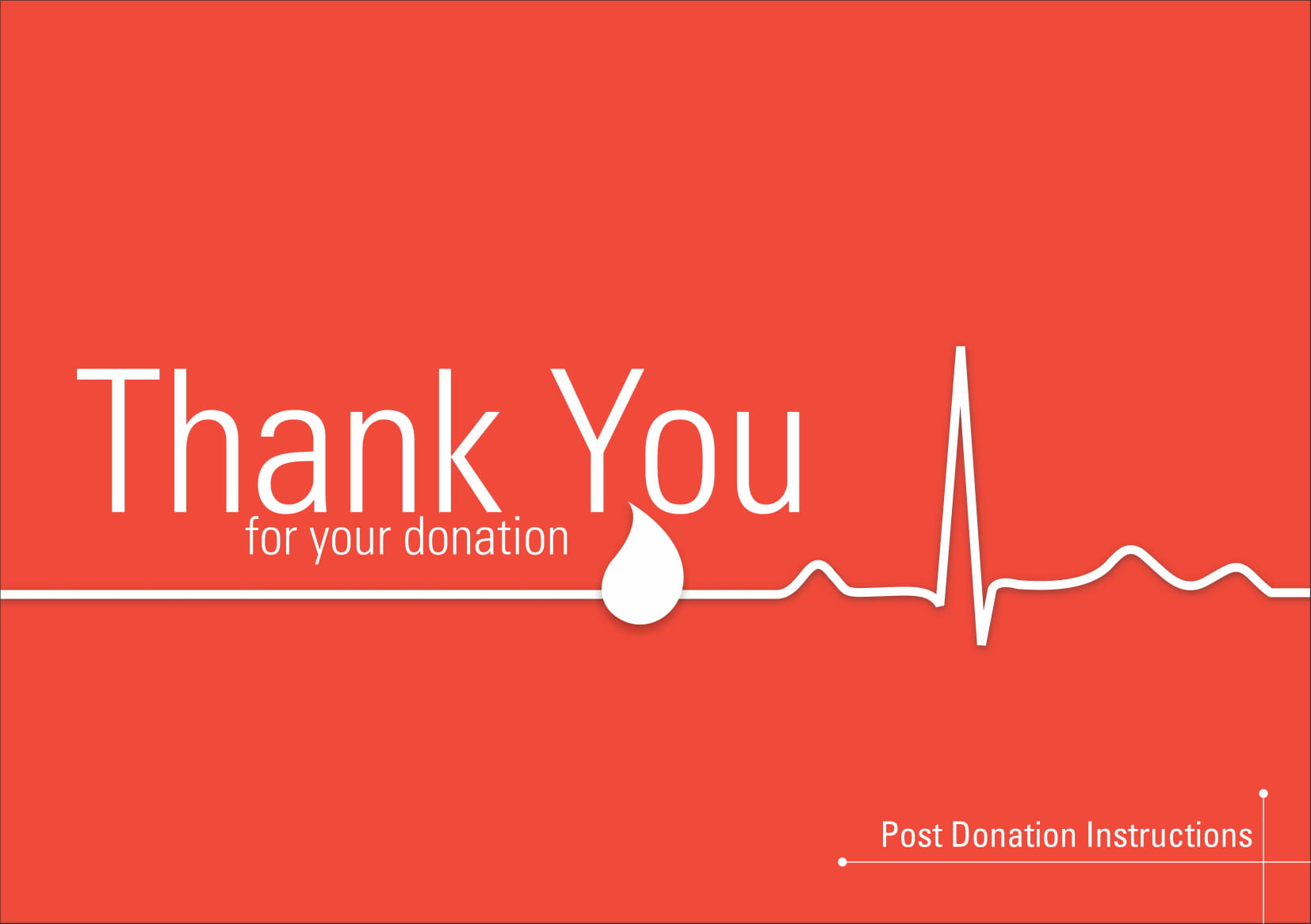What is Minimally Invasive Cardiac Surgery?
The term minimally invasive cardiac surgery refers to treatments done on the heart using one or more small incisions. Incisions are made between ribs to reach the heart. Compared to open heart surgery, this method is less intrusive. Open-heart procedures involve a long and single incision along the front of the chest.
Small and powerful cameras, instruments, or robotic arms. To reach your heart, the surgeon inserts instruments between your ribs. Compared to open cardiac procedures, minimally invasive treatments may result in fewer scars, less discomfort, and quicker recovery. To access your heart during open-heart surgery, your breastbone (sternum) must be sliced.
Advantages of minimally invasive cardiac surgery:
Minimally invasive cardiac surgery has several advantages compared to open heart surgeries. These can be - less bleeding, reduced chance of infection, less harm and discomfort, shorter hospital stays, speedier healing times and also smaller scars that are harder to see.
Not everyone needs minimally invasive cardiac surgery. If it is required in a particular condition, the doctors and the rest of the healthcare team will decide together. The doctor will likely evaluate the patient’s medical history and request tests to learn more about their heart health to decide if minimally invasive heart surgery is indeed the best course of action.
It is a sophisticated surgical operation and calls for knowledge and expertise. A hospital with trained doctors and a surgical team, who are skilled in doing minimally invasive treatments is recommended to the patient.
Different surgeries for which minimally invasive techniques are used are:
- Mitral Valve Repair or replacement
- Atrioventricular canal defect surgery
- Coronary Artery Bypass grafting (CABG)
- Atrial septal defect (ASD) repair
- Tricuspid Valve Repair or Replacement
- CABG on beating heart
- Total arterial revascularisation
Minimally invasive cardiac surgery: before, during, and after the procedure-
A. Before the procedure: The patient will receive instructions from the surgeon on how to be ready for minimally invasive cardiac surgery. Some drugs may need to be stopped temporarily before the surgery. To keep patients sleeping throughout the procedure, general anesthesia will be administered. The surgeon may decide to shave a little section of the hair where the incisions will be made. The patient will be connected to a heart-lung machine by the surgical team, which maintains the blood pumping during the procedure.
The patient can and should talk to the doctor and the surgical team about any worries they have. Before the operation, the doctor or another member of the team may discuss advance directives or other matters with the patient. The patient should discuss the hospital stay with their family and any potential home assistance needs before being admitted to the hospital for surgery. The patient will get instructions from the surgeon and the rest of the staff to follow as they heal at home.
B. During the procedure: The Cardiac surgeon does the minimally invasive cardiac surgery by the following process:
- Create a small incision on the side of the chest.
- Through the incisions, insert small surgical instruments or robotic arms.
- To get to the heart, manoeuvre the equipment between the ribs.
- Repair the heart, install a gadget, swap out a heart valve, or remove malignancies.
- Use stitches to close the wounds.
C. After the procedure: Following a successful minimally invasive cardiac surgery, the patient will normally stay in the intensive care unit (ICU) for one to two days. To avoid fluid accumulation around the heart, they could have drainage tubes in the chest. The patient will continue to heal for another few days in a different hospital location. Within one or two days following surgery, the medical team will assist the patient with standing up and walking. They could advise doing breathing exercises to prevent fluid from entering your lungs. People often stay in hospitals for a few nights. The particular disease and the kind of operation determine how long the patient will spend in the hospital.





